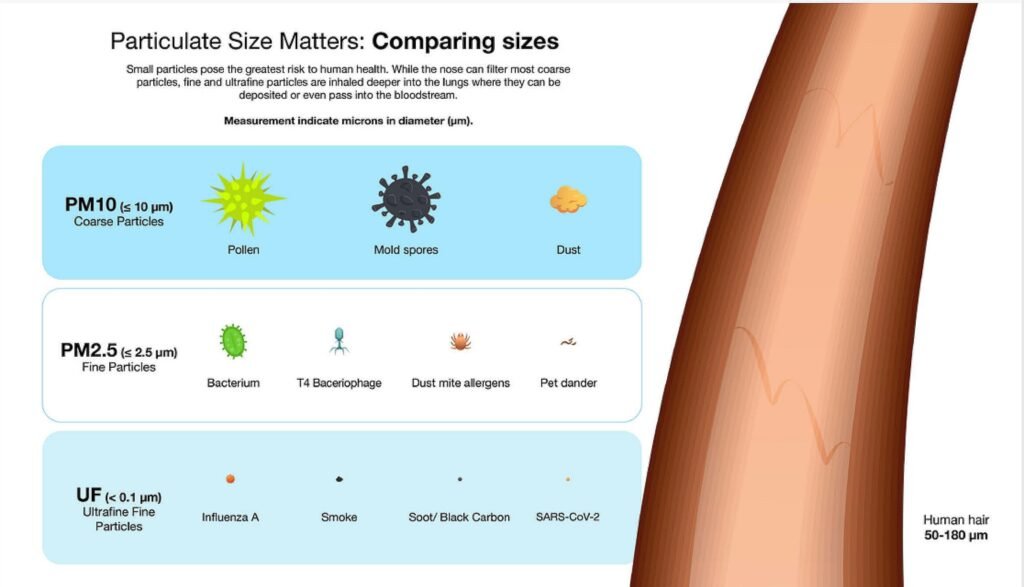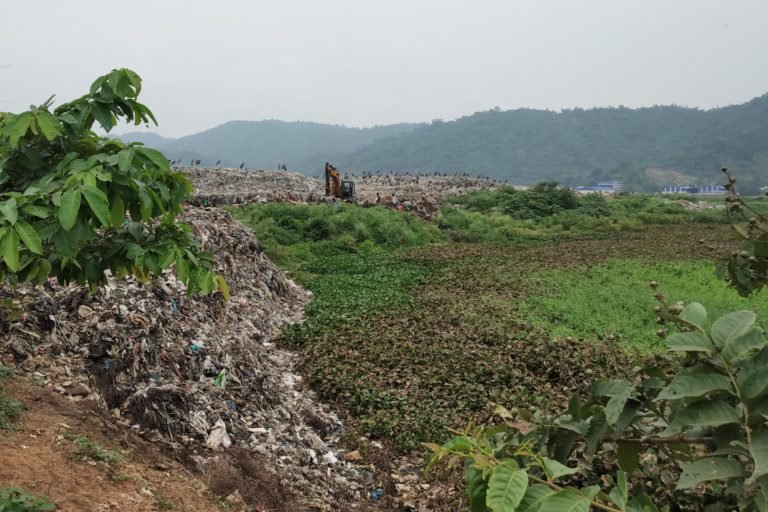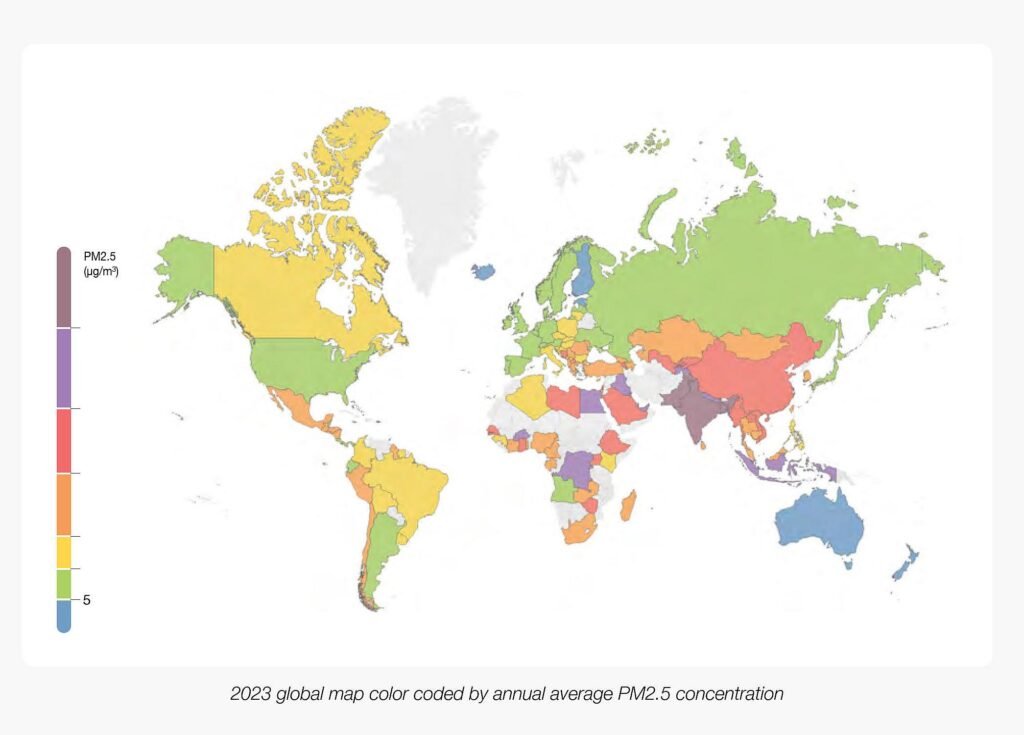A new report by IQAir, a Swiss air quality monitoring group, paints a grim picture for Guwahati. The 2023 World Air Quality Report ranks Guwahati as the world’s second most polluted city, with an average annual PM2.5 concentration of 105.4 micrograms per cubic meter (µg/m³).

PM2.5, a fine particulate matter 30 times finer than human hair, can easily penetrate the bloodstream, leading to a range of serious health problems. This is a staggering figure, exceeding the World Health Organization’s (WHO) recommended safe limit of 5 µg/m³ by more than 20 times.
Guwahati’s air quality faces undeniable challenges. Several factors contribute to this crisis, including vehicle emissions, open waste burning, and construction dust. plus landfills, where rotting waste generates methane, can ignite spontaneously, spewing toxic gases. Additionally, small and medium-scale industrial units could also be contributing to the city’s air woes.

The current waste management practices in Guwahati further exacerbate the problem. The city’s municipal corporation dumps waste at Belortol, worryingly close to Deepor Beel, a Ramsar-listed freshwater wetland and a vital ecological asset for Assam.

The report further highlights the concerning state of air quality in South Asia. Begusarai in Bihar takes the dubious distinction of the world’s most polluted city, while Delhi follows closely behind Guwahati at number three. This ranking is mirrored on a national scale, with India emerging as the third most polluted country globally, following Bangladesh and Pakistan.
The report underscores the urgency of tackling air pollution. Studies suggest that meeting WHO air quality standards in India could potentially extend the average lifespan of its citizens by four years.
Reference- The Midway Journey, 2023 World Air Quality Report, IndiaSpend Report, Centre for Research on Energy and Clean Air (CREA),






